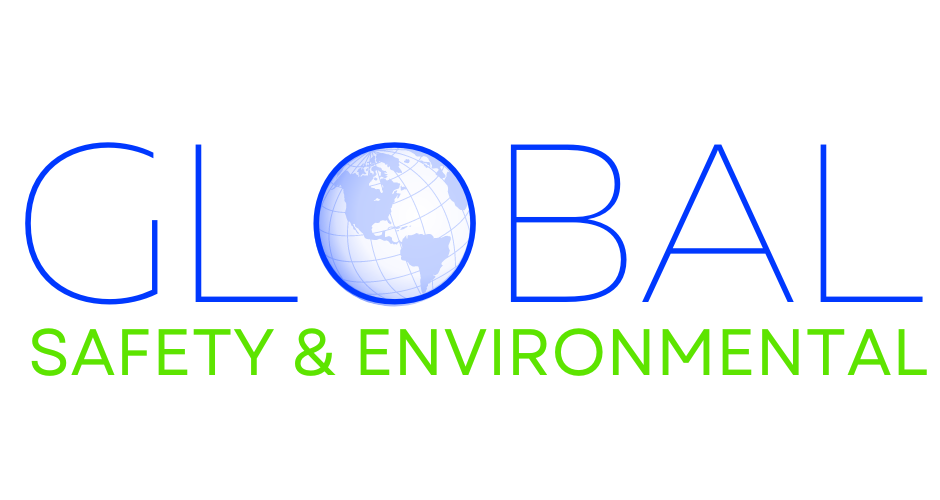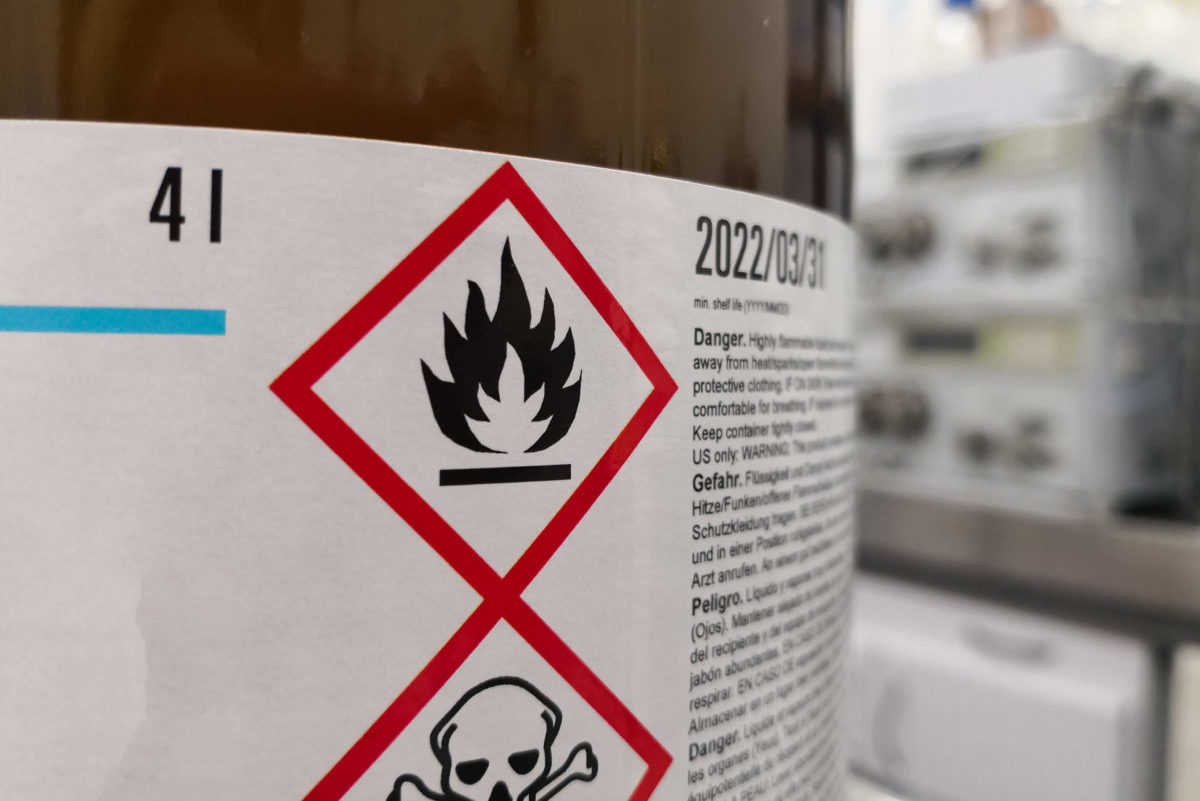Keeping up with ever-evolving safety regulations can be a challenge for businesses and workers alike. March 2024 saw a flurry of activity from the Occupational Safety and Health Administration (OSHA) and other regulatory bodies, with significant changes and removals impacting various industries. This article provides a comprehensive overview of these updates, aiming to keep you informed and compliant.
OSHA Updates:
- Heat Illness Prevention Standard (HIPS): On March 5th, OSHA announced the long-awaited proposal for a comprehensive Heat Illness Prevention Standard (HIPS). This standard aims to protect outdoor and indoor workers from heat-related illnesses, a growing concern due to rising temperatures. The proposed rule establishes requirements for hydration access, monitoring environmental conditions, implementing acclimatization plans, and providing emergency response procedures. Public comments on the proposal are being accepted until May 2nd, with the final rule expected sometime in 2025 [OSHA Heat Illness Prevention Standard].
- Walking-Working Surfaces and Fall Protection: OSHA revised its Walking-Working Surfaces and Fall Protection standard on March 18th. Notably, the revisions clarify the use of guardrails and personal fall arrest systems (PFAS) on low-slope roofs with a pitch between 4/12 and 12/12. This change provides employers with more flexibility while still ensuring worker safety on rooftops.
- Recordkeeping Requirements: Effective March 25th, OSHA implemented a final rule modifying recordkeeping requirements for certain work-related injuries and illnesses. Under the new rule, establishments with fewer than 250 employees and a low injury and illness rate are exempt from maintaining injury and illness records. This change aims to reduce paperwork burdens on smaller businesses.
Industry-Specific Regulations:
- Construction: The National Institute for Occupational Safety and Health (NIOSH) released a draft document on preventing silica exposure in construction settings on March 12th. Silica dust is a known carcinogen linked to lung cancer and other respiratory illnesses. The draft document outlines best practices for controlling silica dust during various construction activities, providing valuable guidance for construction companies.
- Healthcare: The Centers for Medicare & Medicaid Services (CMS) issued a final rule on March 1st, strengthening infection control requirements for healthcare facilities. The revised rule emphasizes preventing the spread of healthcare-associated infections (HAIs) through improved hand hygiene practices, environmental cleaning procedures, and proper use of personal protective equipment (PPE).
- Aviation: The Federal Aviation Administration (FAA) announced a new regulation on March 20th, mandating the use of two-pilot crews for all commercial cargo flights. This change aims to enhance safety in cargo operations by reducing pilot fatigue and workload.
Looking Ahead:
While March saw significant updates, several ongoing regulatory efforts are worth noting. OSHA is expected to propose revisions to its Hazard Communication Standard (HCS) in the coming months, potentially impacting how employers communicate chemical hazards to workers. Additionally, the agency is reviewing its Combustible Dust Standard to address the safety risks associated with combustible dust in various workplaces.
Staying Informed:
For businesses and workers, staying informed about safety regulation updates is crucial. Here are some resources for staying current:
- OSHA Website: The Occupational Safety and Health Administration (OSHA) website provides a wealth of information on safety standards, regulations, and compliance resources [OSHA Website].
- NIOSH Website: The National Institute for Occupational Safety and Health (NIOSH) website offers resources on workplace safety and health topics, including research findings, best practices, and educational materials [NIOSH Website].
Industry Associations: Many industry associations provide their members with updates on relevant safety regulations and compliance assistance.
By actively seeking information and implementing necessary changes, businesses and workers can ensure a safe and healthy work environment. Consulting with safety professionals can provide further guidance and ensure compliance with the latest regulations.
March 2024 brought significant updates to safety regulations across various industries. From OSHA’s proposed Heat Illness Prevention Standard to industry-specific changes in construction and healthcare, these updates emphasize the ongoing focus on worker safety. Businesses and workers should stay informed about these developments and take necessary steps to ensure compliance, ultimately fostering safer workplaces for all.




